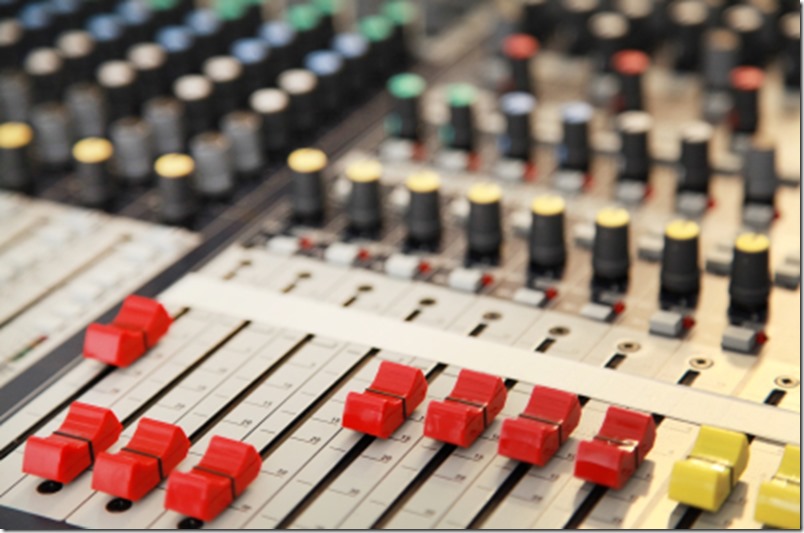How To Deliver Your Next Presentation: A Six-Part Series
This is the first post in a six-part series focusing on the various methods of delivering a presentation, including talking from a script, using a script with “holes,” speaking from notes, using a teleprompter, and memorizing your talk.
The question of how to deliver your presentation is among the biggest decisions you’ll face prior to your talk.
Should you go with the security of a script, which offers the promise of exactness? Should you opt for the looseness of speaking from notes, which makes you appear more “in the moment?” Would the proficiency of speaking from memory better demonstrate your mastery of the subject matter?
Each of those possibilities, along with two others — speaking from a teleprompter and a hybrid script-notes option — has its place, and all five will be expanded upon in the blog posts that follow.
Several factors, including your presentation’s format, the audience’s expectations, and your goals, will help you gauge whether a tight script or more flexible presentation format would be most appropriate to the occasion. Once upon a time, the size of the audience and formality of the speaking occasion (or lack thereof) made that decision rather straightforward: large “formal” talks were delivered from a script, behind a lectern, period. But in today’s age of TED Talks — which have ushered in an era of carefully prepared but casually delivered presentations — those rules aren’t as firm as they used to be. Formal talks to large groups might still, at times, be best delivered from a script — but it’s no longer an automatic decision.

A useful shortcut can help you determine which method(s) of delivery work best for any given talk. Ask yourself: For this presentation, what’s most important to me: the precision of my words, or my connection with the audience? Both are important, of course, but being forced to choose one or the other may help you clarify the method of delivery would be best for each talk.
If you answered by saying precision — by which I mean the specific word choices you make to express an idea during your talk — you might opt for one of the less extemporaneous methods, such as reading from a script. That approach makes particular sense when protocol expects it, such as when delivering a graduation speech, or if your words have high stakes attached to them. As examples, the executive discussing a sensitive proposed merger might opt for the safety of a script, as could the politician whose carelessly phrased bon mot might cause markets to crash or allies to panic. In those types of cases, how much an audience is inspired by your words may be less important than delivering them exactly as prepared in advance.
But most of the time, speakers choose connection and select a more extemporaneous speaking method, such as using bulleted notes. That conversational style is much more prevalent today both in and out of the workplace — and, in my experience, most speakers and their audiences are better for it. Scripted speeches tend to sap energy from speakers; extemporaneous ones require more energy to deliver. Scripted speeches reduce spontaneity and rob intimacy; extemporaneous ones build rapport and allow in-the-moment adjustments.
Still, each of the methods of delivery we’ll explore in the following blog posts has its virtues, so before settling on yours, I’d ask you to picture a radio mixing board that contains various volume control switches.

Envision one of the switches being labeled as “precision” and another being labeled as “connection.” Now, ask yourself: On a scale of 1-10, where would I generally rank myself on those two switches? Next, ask: Is my board mixed accurately for this presentation? If you gave yourself an “8” on precision and a “5” on connection, but calculated that your upcoming talk would benefit more from forging a strong audience connection than getting the words exactly right, recalibrate your board and choose a method of delivery more aligned with your goals.
Read All Six Parts Of This Series!
Part One: This introduction
Part Two: How To Deliver a Great Presentation Using Notes
Part Three: How To Deliver a Great Presentation From a Script
Part Four: How To Deliver a Great Presentation Using “Holes”
Part Five: Four Tips When Speaking From a Teleprompter
Part Six: How To Deliver a Great Speech From Memory


